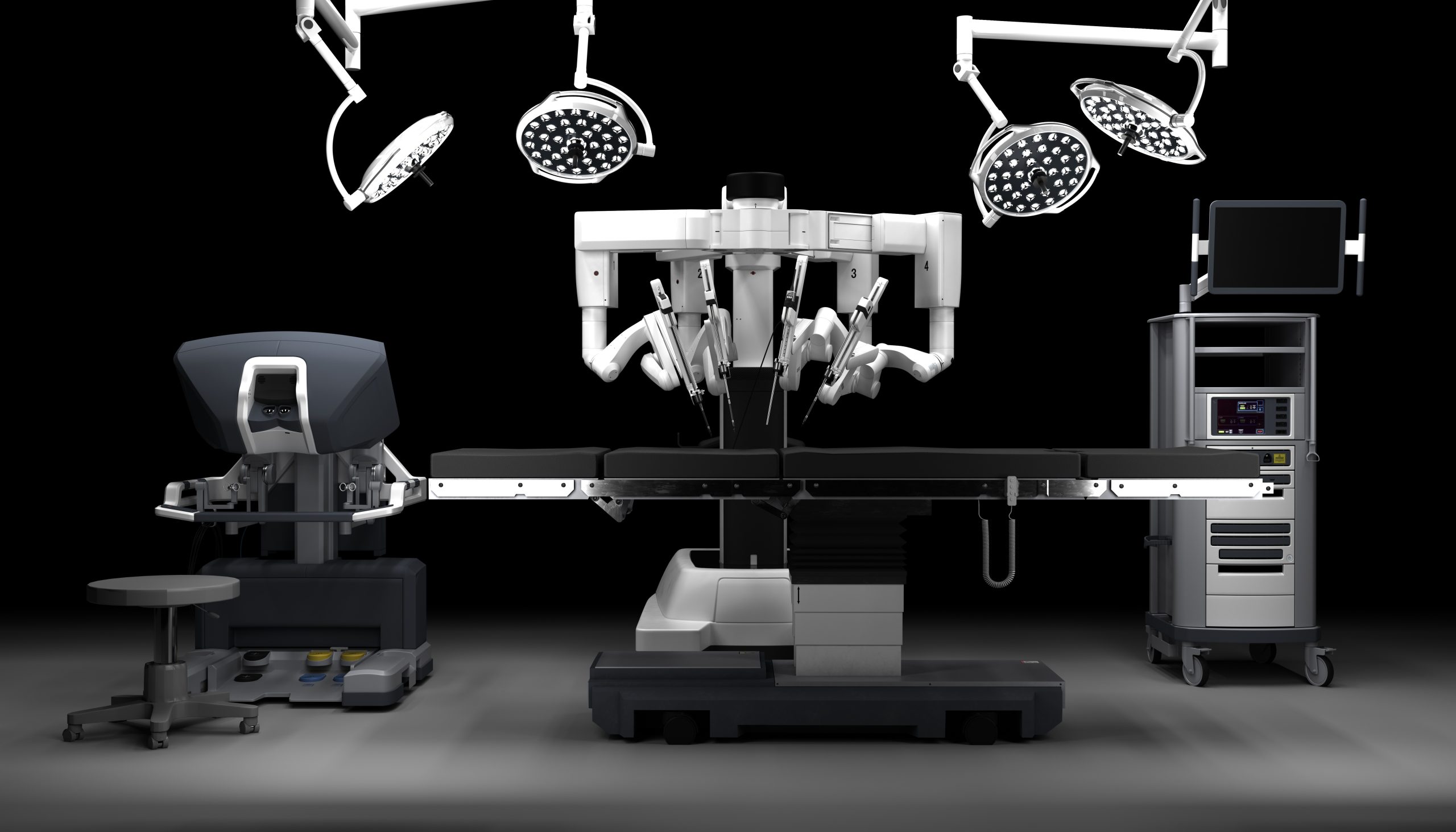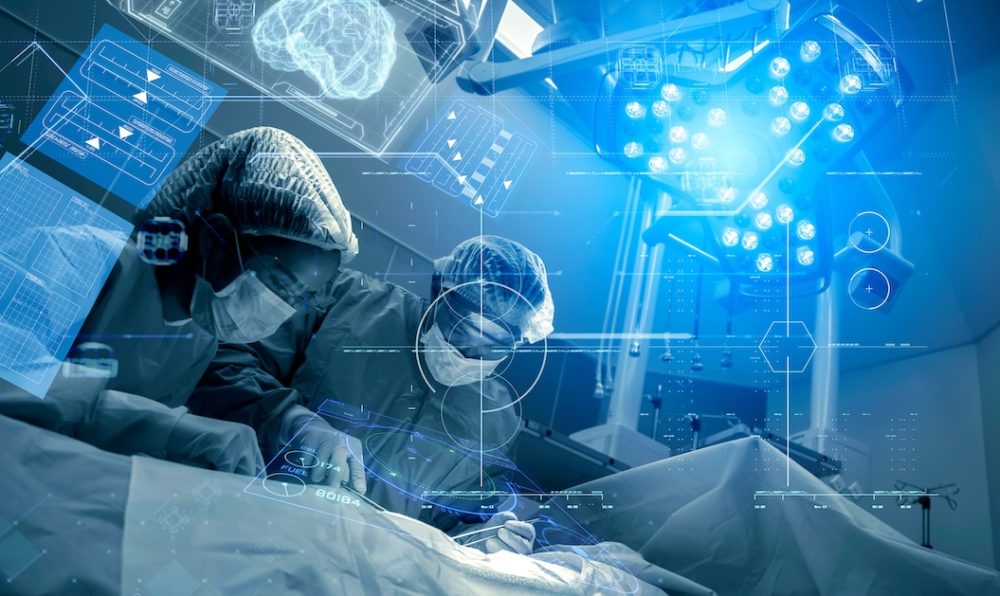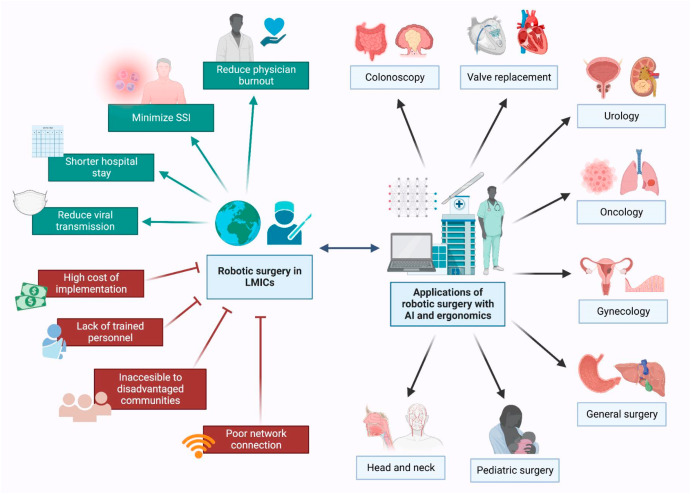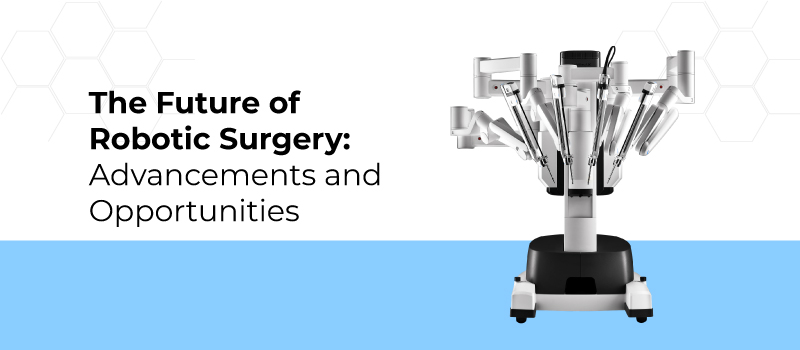The landscape of surgery has been radically transformed with the rise of robotics, particularly in endoscopic procedures. With the advent of precision-based technology and autonomous systems, robotic surgery is leading the charge toward safer, less invasive, and more efficient medical interventions. Among these groundbreaking innovations, robotic convoy systems are proving to be a game-changer in the field, revolutionizing how surgeons approach complex endoscopic procedures.
What is Robotic Convoy in Endoscopic Surgery?

A robotic convoy refers to a fleet of coordinated robotic systems that work in tandem, much like an autobot convoy in a futuristic sci-fi movie. These systems can either be composed of multiple robots operating in harmony or an advanced multi-armed robot capable of performing various tasks simultaneously. Robotic convoys allow for precise movements within the human body, providing enhanced dexterity and control, which are crucial for delicate endoscopic surgeries.
Endoscopic surgery, typically a minimally invasive procedure, involves using tiny incisions through which a surgeon inserts a camera and instruments to navigate inside the body. Traditionally, this requires high levels of skill and precision, but the introduction of robot conversion techniques has dramatically improved accuracy. These robotic systems can now perform intricate maneuvers that far exceed human limitations, reducing risks of complications and improving patient recovery times.
Da Vinci Robotics Surgery: The Pioneer of Robotic Convoy Systems
One of the most renowned systems in robotic surgery is the Da Vinci robotics surgery platform. Often hailed as the gold standard in robot-assisted surgeries, this system combines multiple robotic arms, each designed for specific functions. Surgeons operate the system using a console, giving them unparalleled control over the surgical instruments and providing them with a 3D, high-definition view of the surgical site.
The Da Vinci robotics surgery platform has effectively laid the groundwork for more complex robotic convoy systems, where multiple autonomous or semi-autonomous robots collaborate to perform even more intricate and demanding surgical procedures. This setup allows surgeons to execute complex tasks with improved precision, dexterity, and control, ultimately leading to better patient outcomes.
Fanuc Robot Corvette: Industrial Robotics Meets Medical Precision
Robotic convoys in surgery are not limited to medical-only innovations. Industrial robotics, such as those developed by Fanuc, have also contributed significantly to advancements in this field. Known for their precision and reliability in manufacturing and automation, Fanuc robot Corvette systems have paved the way for robotic technologies to transition into the medical sector. Their involvement in robotics has inspired the development of adaptable robotic convoys that can be fine-tuned to handle the delicate operations needed in endoscopic surgery.
With Fanuc robot Corvette precision and surgical technology combined, future robotic convoys are expected to push the boundaries of what is possible in minimally invasive surgeries. As these systems evolve, the integration of industrial robotics principles into surgical procedures can lead to even more sophisticated solutions.

Benefits of Robotic Convoy in Endoscopic Surgery
The implementation of robotic convoys in endoscopic surgery offers several key advantages:
-
Enhanced Precision:
With robotic systems, the margin for error in delicate procedures like endoscopy is significantly reduced. Surgeons can perform tasks that require a level of precision that surpasses human capabilities.
-
Minimally Invasive:
Smaller incisions mean less trauma to the body, resulting in quicker recovery times, reduced scarring, and lower chances of infection.
-
Improved Dexterity:
Robotic arms are capable of 360-degree rotations and fine, delicate movements that are often difficult for human hands to perform during long, intricate surgeries.
-
Reduced Fatigue:
Surgeons often experience fatigue during long surgeries, which can affect performance. Robotic systems reduce physical strain, allowing surgeons to focus on decision-making rather than manual tasks.
-
Better Visualization:
High-definition, 3D visual feeds allow for better depth perception and a clearer view of the surgical area, which is critical in navigating small or difficult-to-reach areas.

The Future of Robotic Convoys in Surgery
As robotic technology continues to evolve, convoy watch systems will play a crucial role in monitoring and managing the complex interactions between multiple robotic units during surgery. Just as autobot convoys work together seamlessly in futuristic scenarios, robotic convoys in surgery will increasingly collaborate autonomously, performing tasks with minimal human intervention.
The fusion of autonomous systems, enhanced control, and precision will shape the future of surgery, making robot conversion a staple of medical practice. With the support of advanced platforms like Da Vinci robotics surgery and the inspiration drawn from industrial systems like Fanuc robot Corvette, the potential for further innovation in robotic convoys is immense.

Conclusion
The era of robotic convoy systems in endoscopic surgery is not just on the horizon—it is here, reshaping how surgical procedures are performed. With their precision, minimal invasiveness, and enhanced control, robotic systems are paving the way for a future where surgeries are safer, faster, and more effective. As technology continues to advance, the role of robotic convoys in surgery will expand, driving the medical field into a new era of innovation and patient care.










